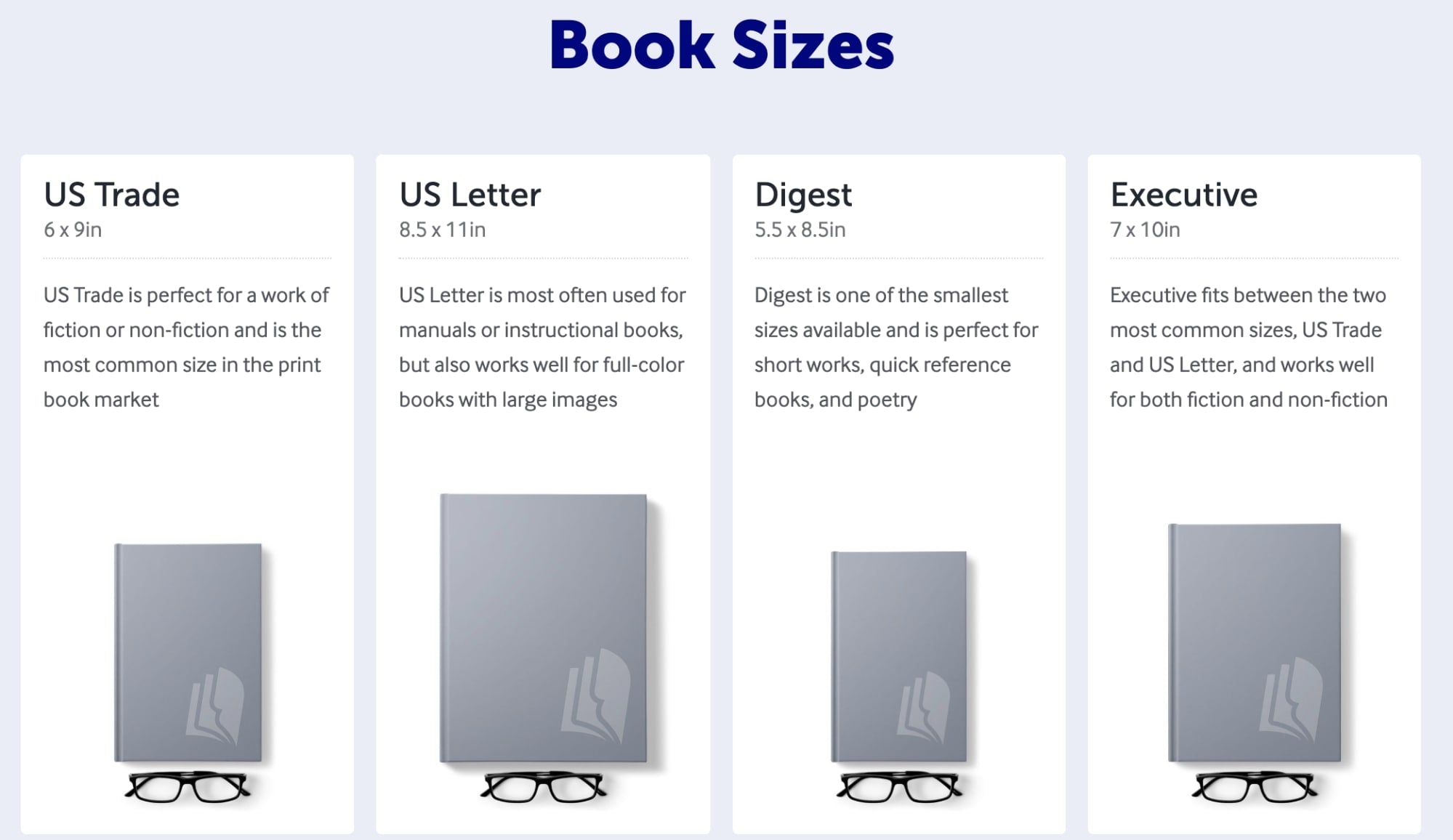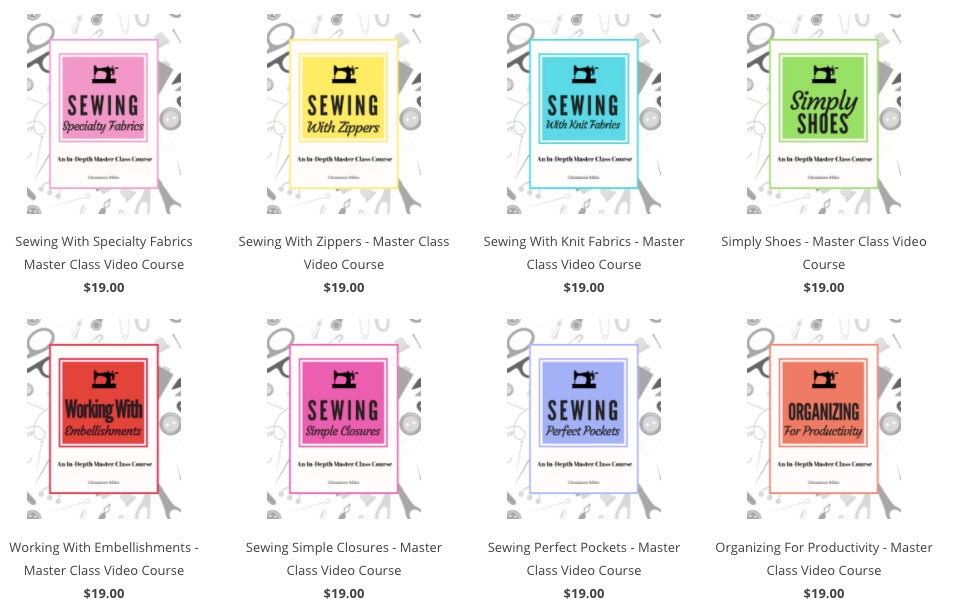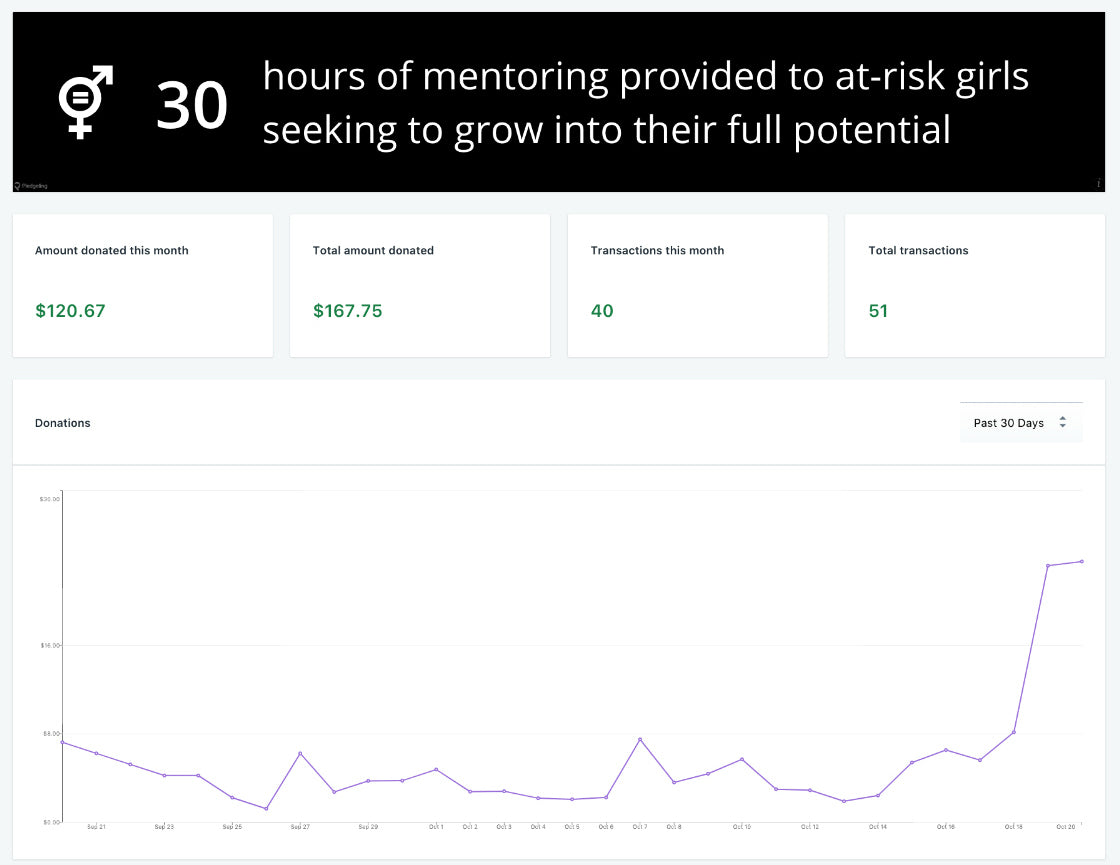My Thoughts
10 Low-Investment Business Ideas You Can Start Online (No Inventory Required)
by Devang BhattStarting a business can seem like a mountain of a task. But the amount of time, money, and risk involved all depends on the business idea you chase.
Contrary to popular belief, there are actually many ways to start a business that let you focus less on the logistics and upfront costs and more on getting started.
These low-investment business ideas make a great entry point for beginners, bootstrappers, or anyone with a busy schedule, letting you pick up a side business without having to drop everything else.
You still need to come up with a solid idea, build a brand, put effort into marketing, and provide excellent customer service. But you can bypass many traditional startup costs, such as initial inventory, warehousing, and retail space.
Here are 10 of these low-investment business ideas you can start today.
10 low-investment business ideas you can start on the side

- Partner with a dropshipper
- Design and sell print-on-demand t-shirts
- Launch your own book
- Create digital products or courses
- Sell print-on-demand posters, prints, etc.
- Start a charitable business
- Sell a service
- Create an online fashion boutique
- Sell handmade goods
- Build an audience you can monetize
1. Partner with a dropshipper
Buy stock, store it, pick it, pack it, ship it. Managing inventory can be a big commitment when you’re running a business.
Dropshipping is a fulfillment model where a third party supplier stores and ships inventory to customers on your behalf. You just need to make the sales and pass orders on to your supplier; you don’t need to handle the products yourself.
You can curate products from one or more suppliers into your own online store under a theme that focuses on a specific niche, like gear for yoga enthusiasts or water bowls for dog owners. When a customer buys a product from you, the order is sent to your supplier who fulfills it on your behalf. However, you are still responsible for your own marketing and customer service.
There are both local and overseas suppliers you can work with, as long as you can establish a relationship with them built on trust—an unreliable supplier will reflect poorly on your brand.
Dropshipping is a low-investment way to test product-market fit and launch a business before you invest in your own original products. Just be sure to always order a sample for yourself to make sure that your supplier is reliable and that the quality of the products is fit for selling to your customers.
Additional Resources:
- The Definitive Guide to Dropshipping with Aliexpress
- How to Use Dropshipping as a Low-Cost Way to Test Product Ideas
- Oberlo (free Shopify app for importing products into your store)

Additional Resources:
- The Definitive Guide to Dropshipping with Aliexpress
- How to Use Dropshipping as a Low-Cost Way to Test Product Ideas
- Oberlo (free app for importing products into your store)
2. Design and sell print-on-demand t-shirts
Another dropshipping model, print-on-demand puts inventory, shipping, and fulfillment in the hands of a third-party supplier. But unlike the dropshipping idea above, the focus here is on customizing these products with your own designs to create something original.
T-shirts, hats, phone cases, hoodies, skirts, tote bags, and more become canvases for your creativity. You can think up witty slogans for developers or references that resonate with cat owners—if there’s passion and pride within a community, there’s a potential t-shirt business you can start.
Even if you’re not a designer, you can find a designer to work with using freelance sites like Fiverr, Upwork, Dribble, or 99Designs.
With many print-on-demand services, you’re paying per-product, so the base price per unit will be more expensive than if you were to order in bulk. But the advantage is that if a certain t-shirt design doesn’t sell, you haven’t actually paid for the item yet (only the design if you outsourced it).
You can even use t-shirt mockup templates so you don’t actually need to spend money on a full photoshoot for every new design.
There are a variety of print-on-demand platforms you can work with, many of which can be integrated with your Shopify store for seamless order fulfillment. However, be sure to always order a sample of your product (often offered at a discount) to make sure your custom products look good.

Additional resources:
- How to Start a T-shirt Business
- Think Pup T-Shirt Store [Case Study]
- Printful (Shopify app)
- Printify (Shopify app)
Shopify Academy Course: Build a Print-on-Demand Empire
Expert Shopify merchant Adrian Morrison shares his framework for starting and launching a successful print-on-demand shop.
Enroll for free3. Launch your own book
A book is just another type of product when you think about it. And as such, you can create one to serve a particular demand in the market.
Cookbooks, picture books, comic books, poetry books, photo books, coffee table books, and novels—if you’ve got the knowledge or the creativity, there are a variety of original books you can bring to the market.
Print-on-demand publishing is a relatively safe way to test the waters and get started with self-publishing, while giving you control over the quality and look of your book.
Lulu Xpress and Blurb are popular platforms for this purpose, letting you create, order, and distribute your own books as digital and physical products.
While you can order one book at a time, costs naturally go down when you buy in bulk. You can consider pre-selling or crowdfunding your book idea to ensure that there’s demand and guarantee a certain number of customers for a bulk order.
Launching your own book can be a great way to monetize a blog if you have one or are looking to start one.

Additional resources:
- How to Start a Blog That You Can Turn Into a Business
- Crowdfunder (Shopify app)
- Lulu Xpress (Shopify app)
4. Create digital products or courses
Digital products like music, courses, and templates are unique on this list of ideas. Unlike the others, they’re not tangible products. There aren’t recurring manufacturing or shipping costs to worry about so your margins can remain high.
The trick is figuring out what makes for a good digital product. What is useful enough that people are willing to pay to download it?
The answers range from original instrumental beats to stock photos that can be licensed to other creators, to information products and templates that help people level up their skills in a particular field.
If you’ve got a talent that can be turned into a digital product, you can think about packaging it into a new stream of income.
Shopify offers a free digital downloads app that lets you offer digital products in your store as easily as physical products.

Additional resources:
- How to Sell Digital Products with Shopify
- How an Entrepreneur from Alaska Built the Biggest Hip-Hop Drum Sample Business in the World
- How to Sell Photos Online
5. Sell print-on-demand posters, greeting cards, and prints
If you’re artistically inclined or know your way around a camera, you can dropship using a print-on-demand business model to let others physically own a piece of your work. Just be sure you have the rights to the content you want to print, unless you’re using public domain assets that you can freely monetize.
If you’ve already got an engaged online following, say you’re a cartoonist or an urban photographer, you’re in an especially good position to give this business idea a try.
Depending on the printer you work with, you can turn your work into products such as posters or framed wall art, even greeting cards. There are plenty of digital templates and mockup generators like Place.it that you can use to showcase your products without having to print out each item and conduct your own photo shoots.

Additional resources:
- How to Sell Art Online: The Ultimate Guide
- How to Sell Photos Online: For Beginner and Professional Photographers
6. Start a charitable business
Starting a non-profit organization isn’t the only path you can take to help fund a better world.
Having a mission to go along with a business, and setting aside some profit for a cause, gives social entrepreneurs a unique way to position their company in the market while addressing the issues they care about most.
In fact, 89% of consumers surveyed said they were likely to switch to a new brand with similar products and prices if it was associated with a good cause.
While many social enterprises offer their own original products, you can also take any of the business ideas above and partner with a non-profit, or execute that social good with your own hands, as long as you’re transparent about how it works.
As part of your marketing, you can share the impact that your customers are having by supporting your business, such as a blog post covering your work in the community or a real-time impact calculator on your website.
The Give & Grow Shopify app makes it easy to partner with charitable organizations and incorporate your mission into your business. You can set it up to donate a specific amount or a percentage of sales, or ask your customers to add a donation at checkout.

Additional resources:
- Social Entrepreneurship: Harnessing Business to Make the World a Better Place
- How This Social Entrepreneur Is Building a Better Detroit By Empowering Its Students
7. Sell a service
With services-based businesses, “time” is your inventory and your biggest investment. You’ve only got a limited supply of hours in your day. However, that makes it easier to get up and running if you’ve got skills that are in demand.
Writers, designers, developers, photographers, house cleaners, fitness trainers, and more can build a business around their skills.
They can also expand their business with any of the other ideas above to create additional revenue streams by “productizing” their services through physical or digital goods.
A photographer, for example, can service a local event while selling prints online through their Instagram account. A copywriter can sell a copywriting swipe file of high-converting sales copy. Coupling your service-based business with physical products can give you another source of income that isn’t directly tied to your time.
You can use the BookThatApp or Book an Appointment app for Shopify to let customers easily schedule a session, consultation, or buy tickets to a class with you through your store.
You can also offer your services through a freelance marketplace like Upwork to increase your chances of getting discovered by the people who need your skills.

Additional resources:
Build your business on Shopify. Start your free 14-day trial today!
8. Create an online fashion boutique
If you love fashion and sharing your sense of style online, you can consider creating your own online fashion boutique. You don’t need to become a fashion designer either—you can simply curate items from other vendors into your own online store (using the dropshipping model we discussed earlier).
From dresses, shoes, swimwear, accessories, and more, you can build your own fashion brand using one of the several product sourcing apps for Shopify, model them in your own product photos and social media posts, and build an online following as a trend-setter.

Additional resources:
- How to Start a Fashion Line
- My Online Fashion Store (Shopify app)
- Modalyst (Shopify app)
9. Sell handcrafted and homemade goods
If you’re a maker—whether you DIY soap, candles, sauces, or pottery—you’re in a unique position to find an online business idea since product development and procurement are literally in your hands.
Unlike many of the other ideas on this list, you will need to consider shipping and inventory management, but you can start out simple on a per-order basis or with a small batch until you start generating consistent sales.
In fact, many makers on Shopify started out selling from their homes on Etsy or to friends and family, growing into full-time business owners after establishing demand for their products.
Just be mindful of any regulations in your product category, especially for anything customers will eat, inhale, or put on their skin.

Additional Resources:
- How to Start an Online Food Business
- How to Sell Art Online
- How to Turn Your Jewelry Hobby Into a Business
- 10 Things to Make and Sell Online
- 12 Creative Ways to Make Money
10. Grow an audience you can monetize in multiple ways
In today’s connected world, the ability to capture and keep the attention of others is an asset. It’s one that many businesses are even willing to pay for, and one that many creators are able to convert into a business with multiple revenue streams.
Whether you choose to grow your following on YouTube, Instagram, or a blog (ideally a combination of different channels), you have many avenues for monetizing your audience:
- Do sponsored posts on behalf of brands
- Become an affiliate
- Sell physical or digital products (via any of the ideas on this list)
- Patreon
- A combination of the above (they’re not mutually exclusive)
Taking an audience-first approach to starting a business means you’re playing the long game (it might be months until you've figured it out). But you don't need millions followers to do it—Instagrammer Kat Gaskin, for example, pulled off a $10k product launch with only 3,000 followers.

Additional resources:
- How to Get More Followers on Instagram
- How to Build an Email List
- How to Become a Fulltime YouTuber
- The Right Way to Monetize an Audience (From Wait But Why)
Three tips for choosing a business idea

The business ideas we’ve covered might be easier to run when it comes to logistics, but that doesn’t make them easy. There are at least three things you should keep in mind as you consider your options, no matter what you decide to start.
1. Focusing on a niche makes marketing easier
As with any business, marketing is what unlocks your success. It’s not enough to know that there’s demand for your products—you need to figure out ways to reach the people that are most likely to buy them. You need to get the right visitors to discover your products.
Luckily, marketing is a lot easier when you're catering to a specific audience or identity (e.g. vegans, board game lovers, photographers in your city). You can produce social media content that resonates with these people or run ads that target their interests. Taking this approach also helps you project a consistent brand because you’ll have a more specific idea of who exactly you’re talking to.
Think about how you can zero in on a specific audience for your products and how the business you build can serve them. If you already have a sizeable audience (a blog, a YouTube channel, or an Instagram account), maybe you can even find a way to base your business off of that existing audience.
Additional resources:
- How to Find a Product to Sell Online
- How to Use Niche marketing
- How to Evaluate Market Demand For Your New Product Idea
2. Pricing is about more than profit
Price your products too low and shoppers might assume they’re low quality. Price them too high, and you might scare some customers off. In any case, you’ll need to find a sweet spot that also lets you factor in the cost to acquire customers and offer discounts, especially if you plan on paying for ads.
With many of the business ideas we’ll explore in this post, you may not be shipping your products, but you still need to cover the cost of shipping. Consider your shipping costs and how they will vary in the different countries you want to serve.
Many online sellers try to bake their shipping costs into their retail price so that they can offer free shipping, or at least a reasonable flat rate. Others focus on encouraging shoppers to add more items to their cart with conditional free shipping (e.g. free shipping on orders over $50) to maximize their profit.
At the end of the day, your prices can be tweaked and you can experiment with a variety of pricing strategies until you find one that works for you.
Additional resources:
- 6 Tips to Develop an Ecommerce Pricing Strategy
- How to Do a Break-Even Analysis
- 5 Ways to Increase the Average Order Value of your Online Store
3. Test, learn, and grow as you go
The pursuit of perfection can be one of the biggest hurdles in getting a business up and running. Keep in mind that nothing is set in stone.
Products can be swapped in and out fairly easily (especially when you're not stuck with stock). Your store can be redesigned. Your prices can be adjusted. You can switch to a better supplier. And you can validate all of these decisions based on the dozens of signals you have at your disposal (traffic, how much time people are spending on your site, reviews, abandoned carts, etc.).
If your idea just isn’t working out the way you planned, think about how you can pivot before you quit.
There are aspects of your business that you can always salvage if you try a different product or approach. The brand you invest time into creating and the followers you amass on social media or in your email list can be assets you repurpose for your next business idea.

